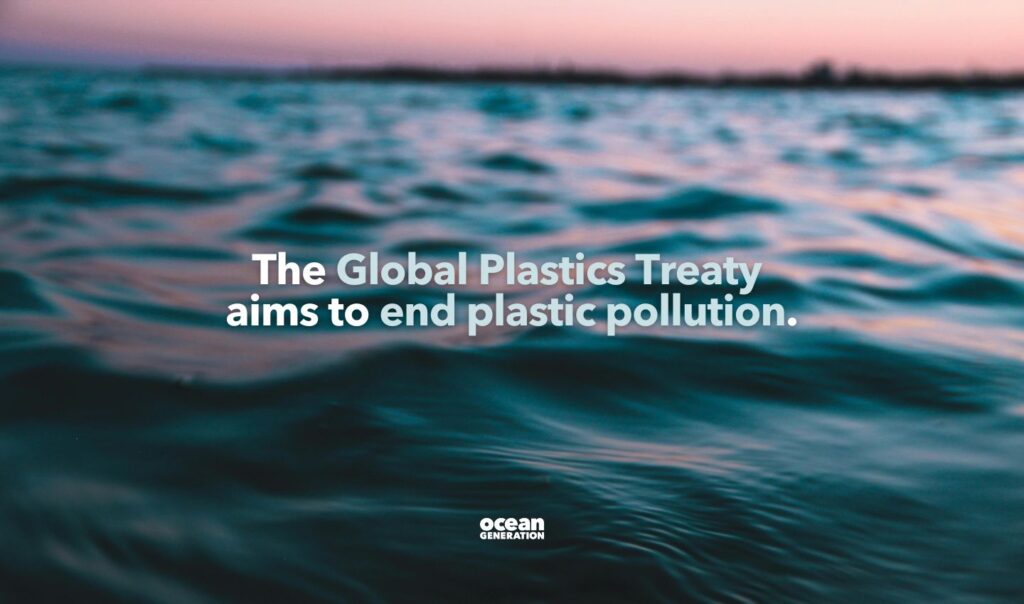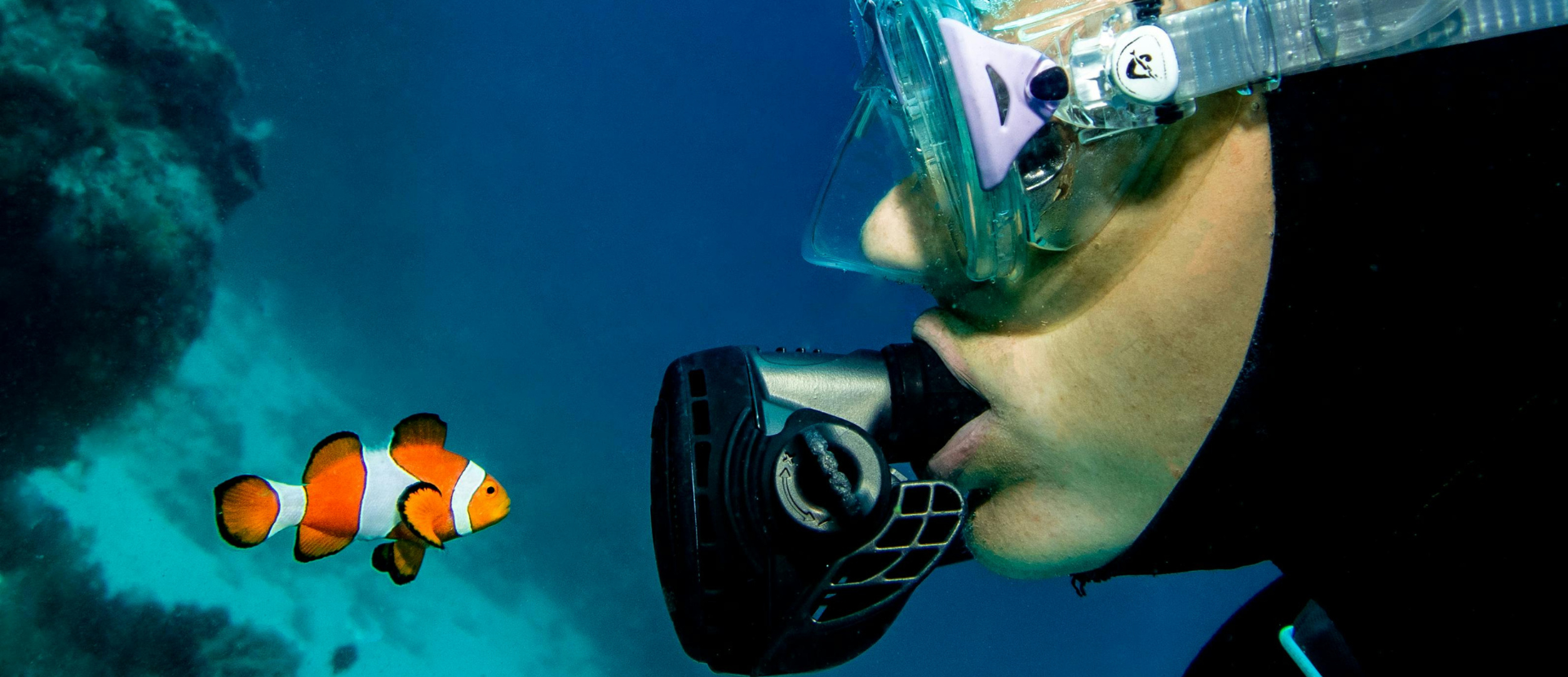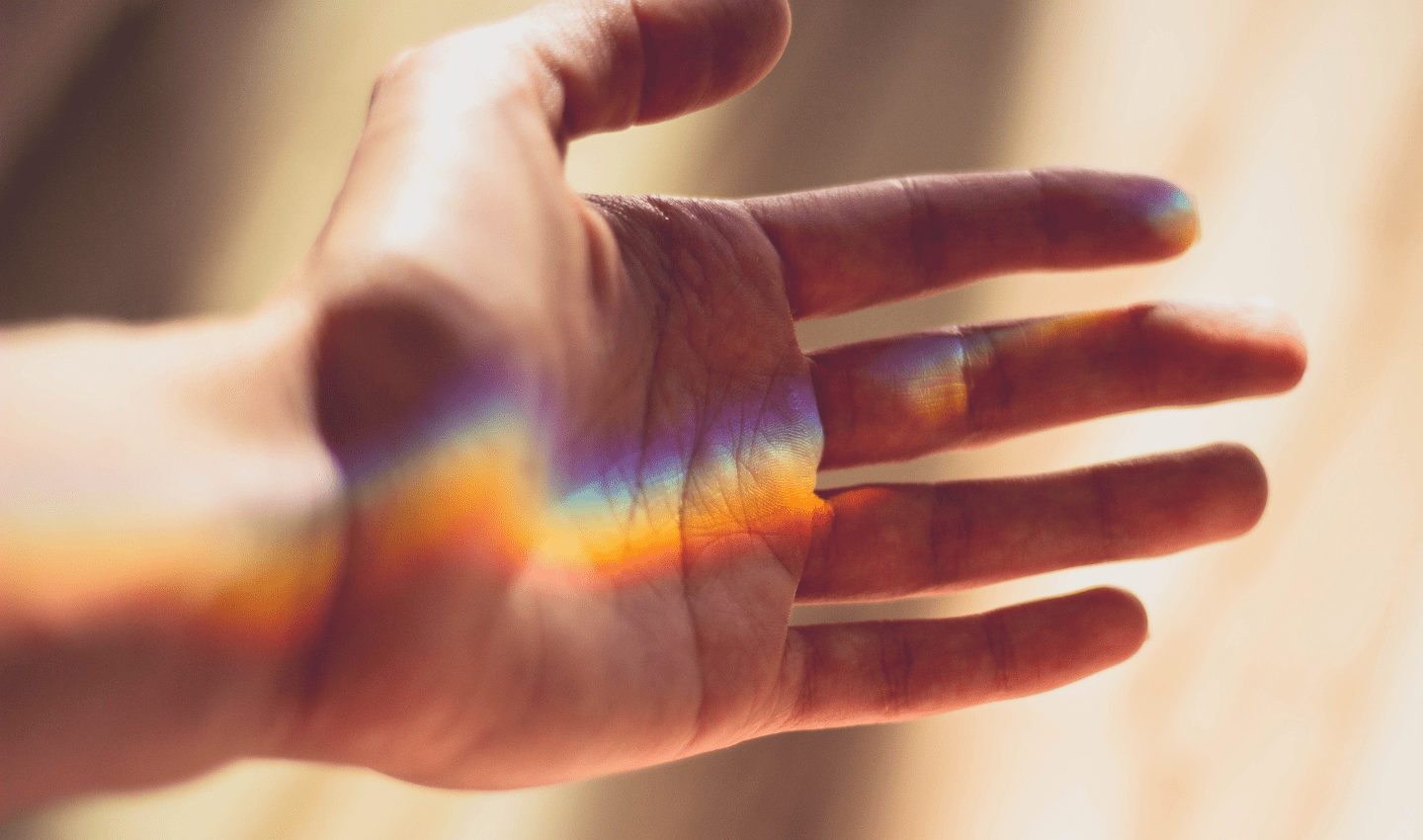- Ocean Conferences
- Science: Explained
What is the Global Plastics Treaty?

The Global Plastics Treaty refers to the (currently undefined) international agreement by which the countries of the world hope to reduce plastic pollution.
How far have we got? Progress in the Global Plastic Treaty talks.
In 2022, 175 countries of the world signed an agreement that declared: plastic pollution needed to be addressed. Stronger than that, plastic pollution should be ended.
To meet this goal, countries agreed on a series of meetings across the globe to discuss and negotiate how to end plastic pollution and write it into international law (a treaty).
Five meetings were planned, with the treaty aimed to be finalised by the end of 2024.
This agreement created the International Negotiating Committee (INC) which first met in Punta del Este in Uruguay. Subsequent meetings happened in Paris, France; Nairobi, Kenya; Ottawa, Canada; and Busan, Korea.
By the end of the fifth meeting, no agreement had been reached for the Global Plastics Treaty, so another (INC5.2) was scheduled for August 2025 in Geneva. However, this meeting also ended with no treaty.

What is stopping a treaty being agreed?
For the treaty to come to life, all countries must agree on the terms, so while some disagree there will be no treaty.
The main point of disagreement is whether making new plastic (plastic production) should be limited within the treaty. Countries are split largely into two groups, the High Ambition Coalition and the Global Coalition for Plastics Sustainability.
What is the High Ambition Coalition?
There is a large group of countries (around 100) in a group, called the High Ambition Coalition (HAC).
The HAC has been pushing for the plastics treaty to include plastic production limits – reducing the amount of new plastic made. Before INC5.2 the HAC published a “wake-up call” at the United Nations Ocean Conference at Nice in June 2025, outlining a ‘wishlist’ of five points:
- Limits on plastic production (to be regularly adjusted), and reporting on production, import and export of primary plastic polymers
- Phase out most harmful plastic products and chemicals of concern
- Improve the design of plastic products to minimise environmental and human impacts
- Financial support to support less developed countries in the transition
- A treaty responsive to changes in evidence and knowledge
What is the Global Coalition for Plastics Sustainability?
Another group of countries formed the Global Coalition for Plastics Sustainability (also known as the Like-Minded Group of Countries).
A statement from a member country outlined the focus:
“The [Global Plastics Treaty] should pave the way for improving the waste management systems in general, and to promote environmentally safe and sound management of hazardous plastic wastes, and to reduce uncontrolled hazardous plastic pollution.”
They want a bottom-up approach, prioritising dealing with plastic waste.

What do major businesses think of the plastics treaty?
Businesses that produce and use plastic are key to tackling the plastic pollution problem.
The UK hosted a roundtable with major business in June 2025 and produced a statement. It called for the plastics treaty to address the whole lifecycle of plastics, amongst other things.
“As businesses and financial institutions, we stand ready to mobilise significant investments, and engage with the companies we invest in, towards achieving the objectives of the legally binding instrument, including towards innovation and infrastructure.”
Other businesses, such as fossil fuel companies (99% plastics are made from fossil fuels) take a different view:
“While there have been calls for production caps or bans, it’s been reassuring to hear leaders share their belief that such measures could deprive the world – particularly the developing world – of the untold benefits plastics deliver in terms of health, food safety, the environment, the energy transition and more.” – Exxon Mobil President
What’s next for the Global Plastics Treaty?
The division has been entrenched from early in the process, with little movement on either side. It has led to questions about the process, and where to go next. Here are some options:
- The process is changed to being decided by vote rather than by consensus, to make progress despite the disagreement of a small minority
- The process continues via other means. For the Ottawa convention on landmines, a number of countries compiled texts outside of the process, that were then agreed upon. We could see this happening, for example, with the High Ambition Coalition.
- Another round: INC5.3 to try again! A (currently unnamed) country has offered to host, but has said they will not fund it.
While the gears of global negotiation can feel like they turn slowly, they are turning. Read more about how international treaties work here.
These countries have agreed that ending plastic pollution is an important issue. We want a world without the damage of plastic pollution.
The Global Plastics Treaty is the representation of international intent. If it does produce legal guides to end plastic pollution, it will speed up progress. That it hasn’t yet is not going to stall momentum.
Plastic pollution is an international target.





